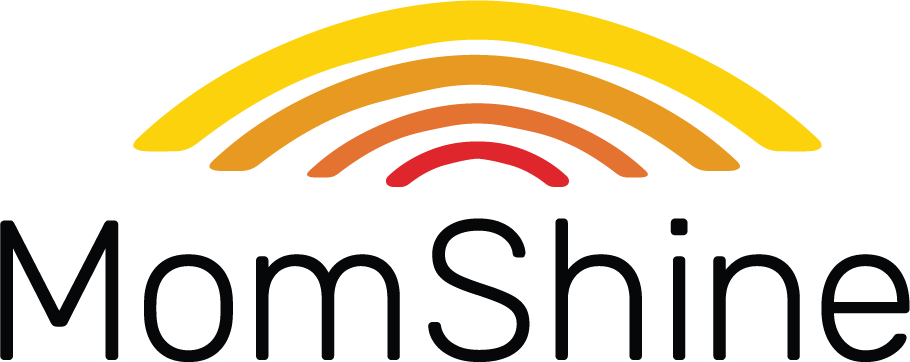Getting the help and support you need to stay in the workforce is a key ingredient to keeping your calm and vital to a mom’s success in the workforce these days. Unsurprisingly, in a recent report by Motherly, of the nearly 6,000 mothers surveyed, 66% have considered stopping working outside the home because of the stress and cost of childcare.
I needed an expert in this area as I tried to grow a business and consult for clients to fund that business with limited childcare, endless kid activities, and housework to tend to. So, I pulled in Jenna Hermans for an exclusive interview on how to get the family support you need to keep in the workforce and not let go of your passions.
Jenna is the author of Chaos to Calm, Co-founder of her and her husband’s organization, Be Courageous, and mom to four thriving kids. During our interview, I uncovered her master tricks for getting your needed support.
1. Negotiate what you need from your partner as a working mom
In our interview, Jenna emphasizes the importance of negotiating responsibilities with partners. She describes how she and her husband agreed to share household duties more equally to alleviate her burden. Many studies show that sit-downs or date nights each week can make a big difference to your partnership and stress levels, and I’ve learned this myself firsthand.
According to The Adventure Challenge website, “The Journal of Social and Personal Relationships found that couples who had a regular date night reported higher levels of intimacy, passion, and commitment. This study also found that date nights were associated with lower levels of stress and a higher quality of life. I can confirm that when my husband and I sit down away from the kids and talk through logistics in a calm space, the chaos of our week becomes a lot lighter.
2. Moms Supporting Moms! Lean on external support systems
A recent Gallup study showed that only 21% of mothers who wish they had more help daily feel comfortable asking for support when needed. This is surprising but relatable. It’s hard to ask for help, and as a busy mom and woman, I found it hard to lean into female-led communities, but I needed to when I transitioned my career to something more sustainable.
But why do nearly four in five (79%) say they do not feel comfortable asking for help when needed? Jenna pointed out in our interview that it’s key to have external support, such as childcare and help from family members. She notes that having reliable childcare allowed her to continue working without being overly stressed about her children’s well-being. I can also say that leaning into female support systems like Hey Mama also helped me maneuver bigger areas or hurdles related to knowing what to prioritize as it related to my kids and workload when I got stuck.
3. Supporting working mothers relies on open communication across the entire family
Maintaining open communication within the family is crucial. Dr. Becky discusses this in her podcast with Chris Duffy on How to Be a Better Human, emphasizing that repair is the highest priority and building block you could focus on with your kids. She notes, “A repair looks to open up a conversation. It looks to change the direction of a conversation. It is actually an opportunity to learn a lot more.”
Jenna also mentions this and how discussing her work commitments and expectations with her family helped them understand her needs and provide the necessary support. Families need to work together to divide and conquer, and this helps build on those life skills in the future.
4. Seek out flexible working arrangements with your employers for working moms
Jenna talks about the benefits of flexible work arrangements, which allowed her to balance her professional and personal life better. Flexibility in working hours and the option to work from home can make a significant difference. A recent hybrid workspace and technology report shows that 97% of tech companies offer work location flexibility for their employees.
This could be due to the nature of tech and its allowing for more work-from-home capability, which lends to easy collaboration tools, or the fact that the model has been tested in many industries and has not stunted productivity. Either way, flexibility is needed for a busy mom’s success in the workplace, as is open communication, support systems, and a solid partnership all along the way.
5. Model and practice vulnerability
Modeling vulnerability in senior roles is a powerful leadership approach that fosters trust, connection, and authenticity within teams. When leaders openly acknowledge their challenges, uncertainties, or mistakes, they become human, more relatable, and approachable.
When I asked Jenna how to break down the divide sometimes to enable more women in leadership to mentor junior employees within companies, it all came down to modeling vulnerability. If it’s modeled at the top, more women are likely to follow suit and connect instead of competing in the workforce with one another.
Check out my full interview with Jenna on the MomShine podcast and use these strategies to help maintain a successful career and family dynamic simultaneously.
